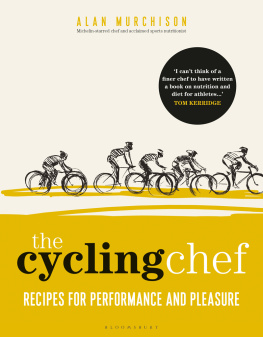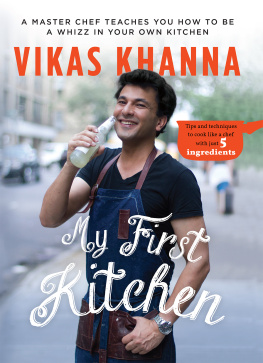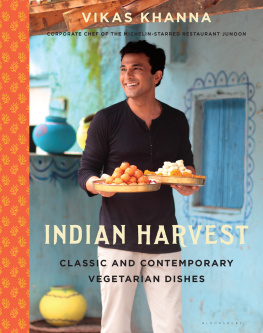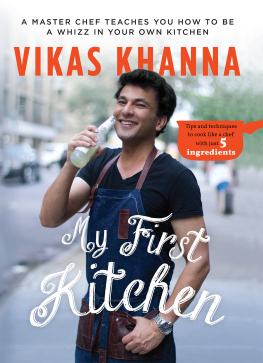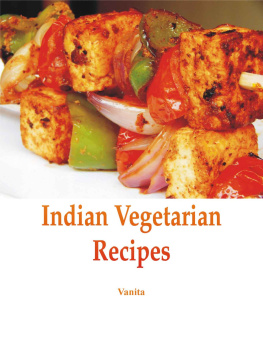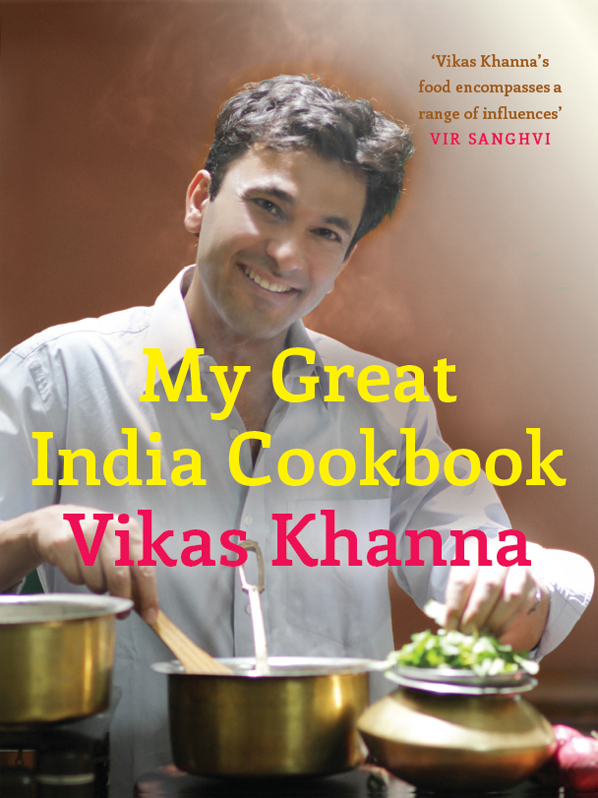Penguin Books is part of the Penguin Random House group of companies whose addresses can be found at global.penguinrandomhouse.com.
This digital edition published in 2012.
This book is sold subject to the condition that it shall not, by way of trade or otherwise, be lent, resold, hired out, or otherwise circulated without the publishers prior consent in any form of binding or cover other than that in which it is published and without a similar condition including this condition being imposed on the subsequent purchaser.
Introduction
Mother and motherland
are superior to heaven
Vande Mataram, I bow to thee, Mother, is the famous line composed by the Bengali writer Bankim Chandra Chattopadhyay over a century ago. It is true that Indias is a civilization built on the ideology of the motherland and her unconditional love.
My Mother Indiamy country, my soul, my inspiration for this book. Its a land of myriad cultural complexities, mythologies, traditions. A place where the past happily coexists with the present and a resolute vision for a promising future. There is an invisible thread of celebration that binds the fabrics of spirituality, tolerance and hospitality together. Every time a foreign dynasty came to rule over the subcontinent or in search of a new home, India welcomed them like a mother and embraced them with love. The Kushans, Mughals, Zoroastrians, Greeks, Tibetans and so many others found shelter under her wing and soon became an inseparable part of her magnificent persona, as did their culture and cuisines.
ITS A LAND OF MYRIAD CULTURAL COMPLEXITIES, MYTHOLOGIES, TRADITIONS. A PLACE WHERE THE PAST HAPPILY COEXISTS WITH THE PRESENT AND A RESOLUTE VISION FOR A PROMISING FUTURE
The country I left a decade ago has never really let go of me. It has never ceased to inspire me and has been integral to my pursuit of rediscovering its wonderful cuisines. Every city I went to taught me something new; every house I entered welcomed me with open arms and warm smiles; every kitchen I stepped into fed me its most revered delicacies with affection.
As I looked around me, I witnessed this amazing modernizing society against the backdrop of the oldest beliefs. Beliefs so ancient that the origins are lost, and so new that they are still germinating, steadily growing and providing new direction to the world. I saw the variety of food which has been part of its cuisine for so long, it has almost become a culture. Thats when I felt I was truly home and I had the responsibility to share this diversity with you.
In my travels from the freezing, snow-clad Himalayas to the harsh heat of the Thar Desert, from the temples of sacred foods to the fishing nets of Kerala, I put together the fragments of my thoughts to revisit my land as I gathered its recipes. I lived every moment admiring the little wonders, from the timeless inspirations to the mix of myth and reality that we call India. All strengthening my belief that every grain and every dish has a memory of comfort, togetherness and celebration. In this book I have focused on traditional and unique recipes that recall that comfort and bring back those festive moments, and which have given me a broader view of the food here.
Indian cuisine is a general term for the wide variety of cooking styles in the country. In reality, India hosts a greater number of distinct regional cuisines than most continents. Indian food is almost always prepared with fresh ingredients along with delicate mixtures of fresh and dried spices, and the exact recipes often vary greatly from one household to the next. The use of fresh or dried mixes is the foundation of this cuisine, which is impossible to generalize. It is even more difficult to place all the foods made in India into separate compact compartments. In fact, the term Indian cuisine is a misnomer, since even traditional Indian dishes vary tremendously from region to region.
Wandering through the streets of India, I came across innumerable kitchens. Some were like symbols of the twenty-first century with modern amenities and sparkling platforms; some were traditional with not-so-sparkling cuddapah platforms and just enough space for a person to stand upright; and there were others that had no cooking platforms at all. The backyard was the kitchen, the soil the platforma kitchen with no walls and no boundaries, from where the aromatic fumes rose straight into the sky.
Walking through these kitchens was a treat for the senses. In the kitchens of Bengal, my eyes followed the alta-coloured hands of a mother who made bright, squiggly jalebis at the speed of lightning. My ears perked up at the sizzle of the butter on the hot pavbhaji griddle in Maharashtra. My nose followed the hypnotic aroma of whole spices being roasted in a Punjabi kitchen. And every time I roll my tongue, I can taste the tamarind-infused rasam of south India. The touch of that soft, spongy dhokla of Gujarat still lingers on my fingers. And my heart I guess I left it somewhere behind in those kitchens
I learnt some of the greatest concepts of cooking and culture when I was hungry. As a student, I would often jump on to a train, without reservation, and land up in a new world of flavours. I was still young and bold and wasnt scared of anything; all I wanted to do was live my dream. Once I ended up in Siliguri and excitedly called up my brother Nishant from a PCO (public call office) saying that I was somewhere near Darjeeling and was absolutely loving the place. Knowing very well what I was up to, he simply said, Hope you enjoy the food, but make sure you save enough money for the return ticket!
I LEARNT SOME OF THE GREATEST CONCEPTS OF COOKING AND CULTURE WHEN I WAS HUNGRY
Another time, my friend Parminder Pal and I went on a bicycle ride from Mangalore to Goa. That was the first time I realized how diversified and deep-rooted the foundations of our cuisines really were. We ate and ate till we couldnt find anything new to eat and, of course, could afford nothing else except our return tickets. Sleeping in temples, riding on the roofs of buses, munching on every new flavour the street-side vendors had to offerwe did it all. And even though I could not speak most of the regional languages, I was welcomed everywhere I went. The local people showed me their favourite food spots; they welcomed me into their homes so that I could learn their grandmothers signature dishes. They even trusted me with their secret heirloom recipes.
SLEEPING IN TEMPLES, RIDING ON THE ROOFS OF BUSES, MUNCHING ON EVERY NEW FLAVOUR THE STREET-SIDE VENDORS HAD TO OFFERWE DID IT ALL



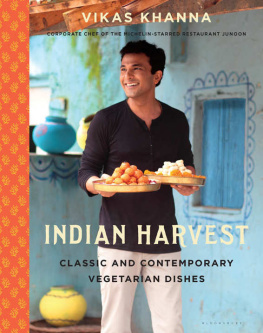


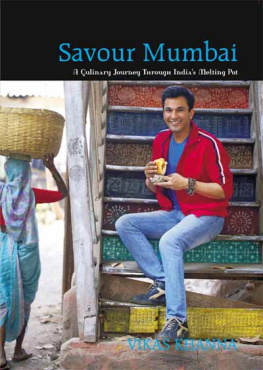
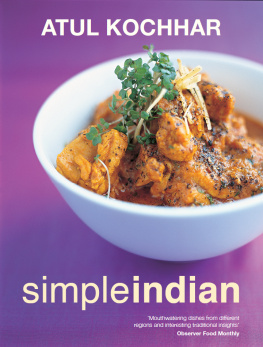
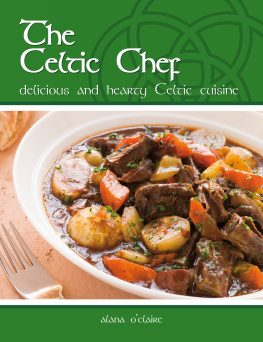
![Anita Jaisinghani - Masala: Recipes from India, the Land of Spices [A Cookbook]](/uploads/posts/book/320725/thumbs/anita-jaisinghani-masala-recipes-from-india-the.jpg)

